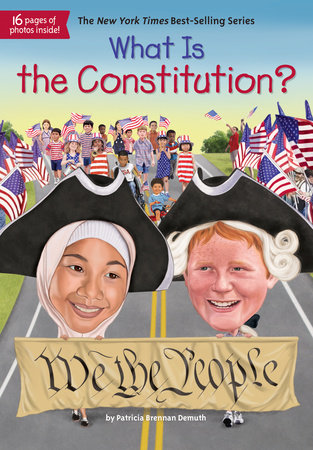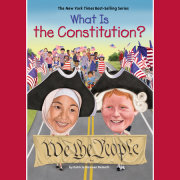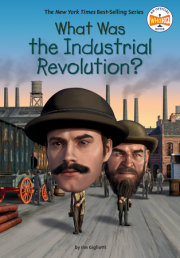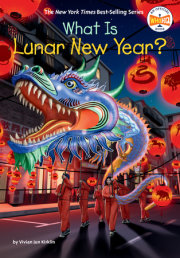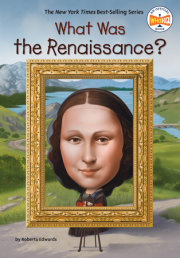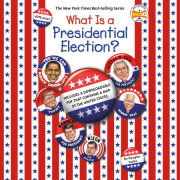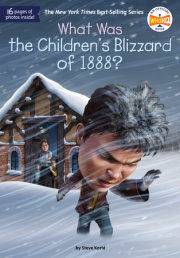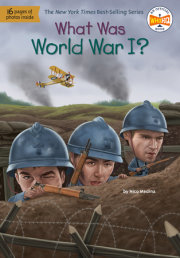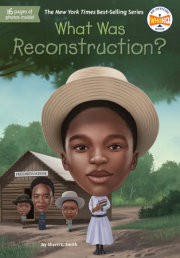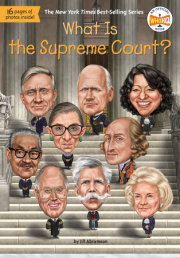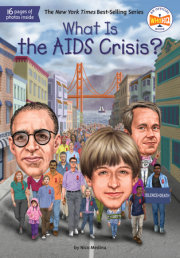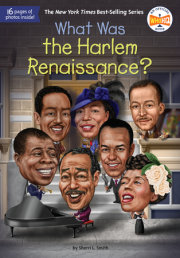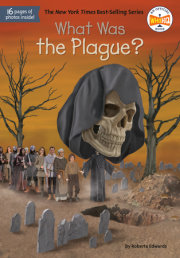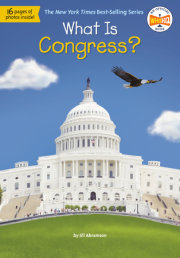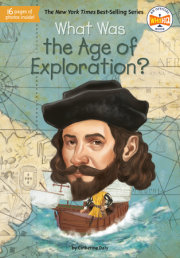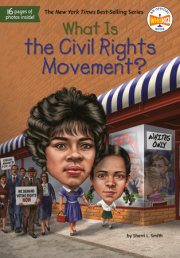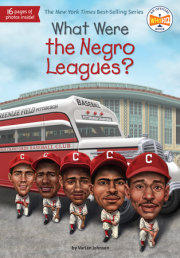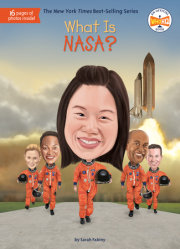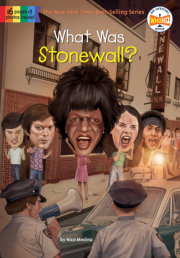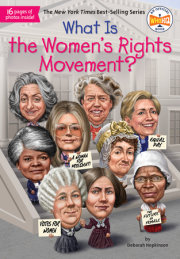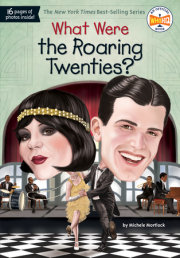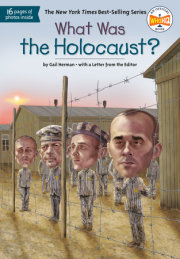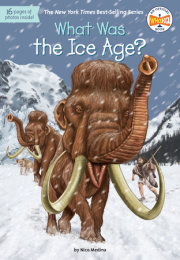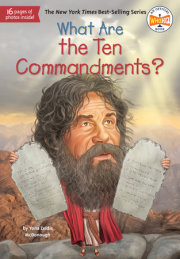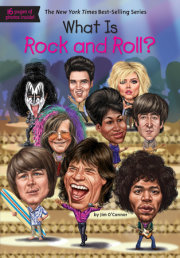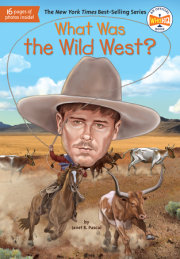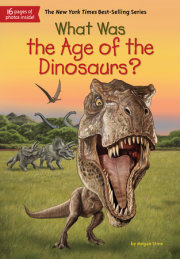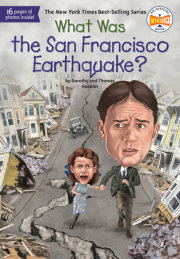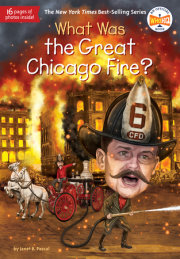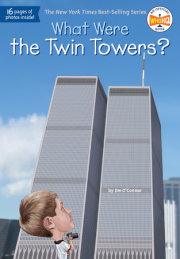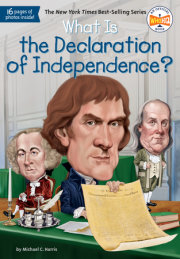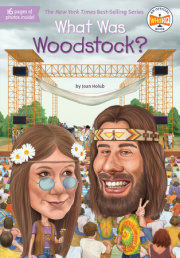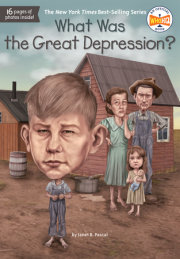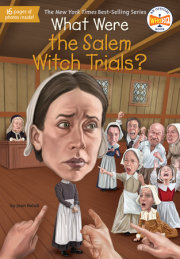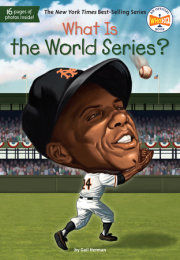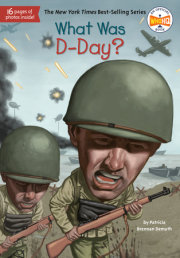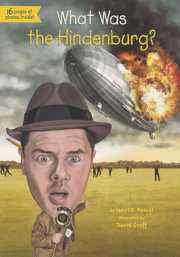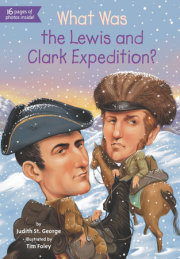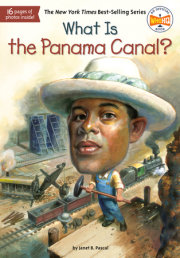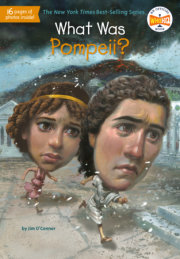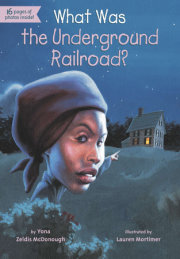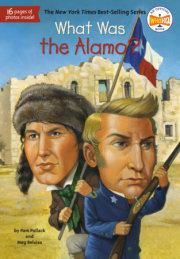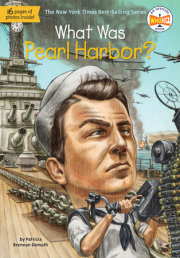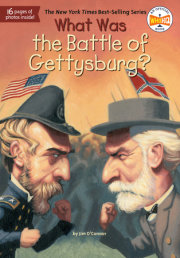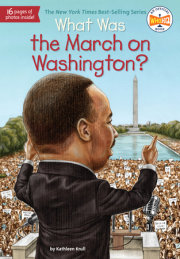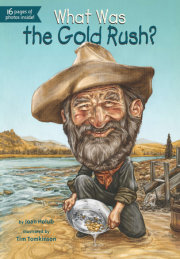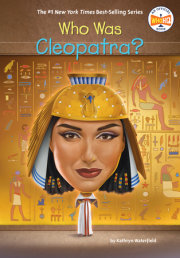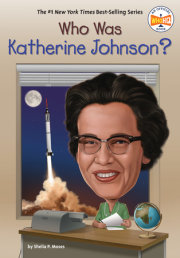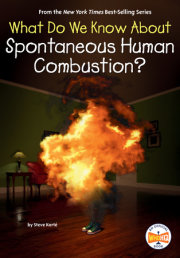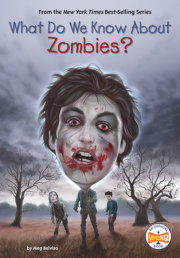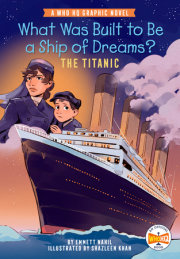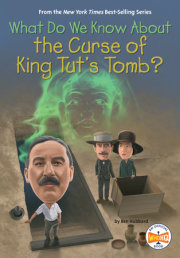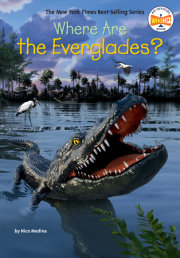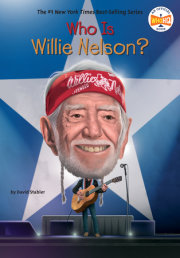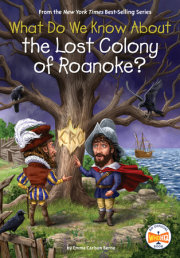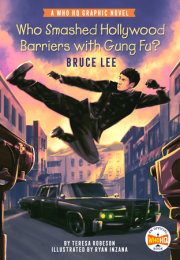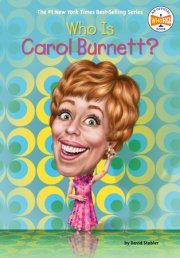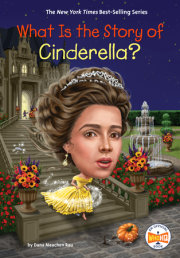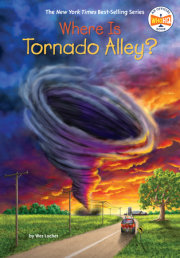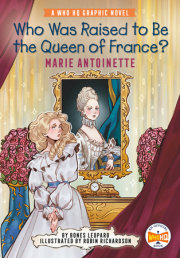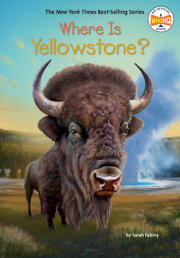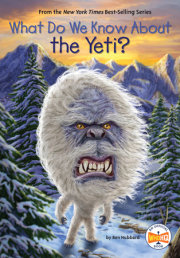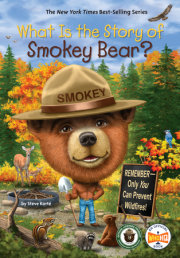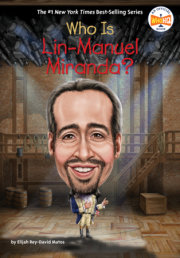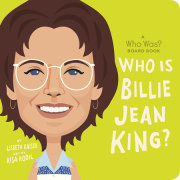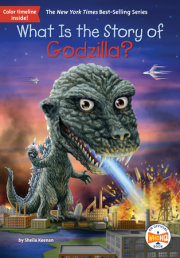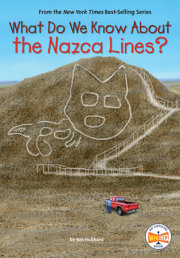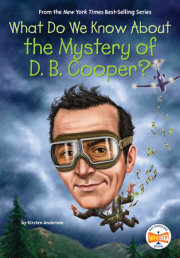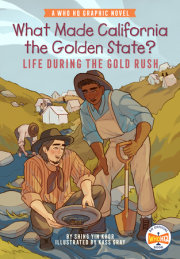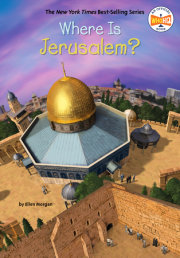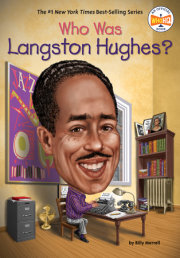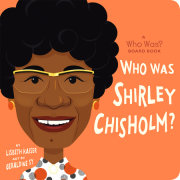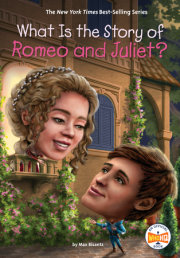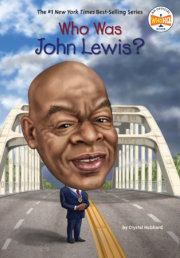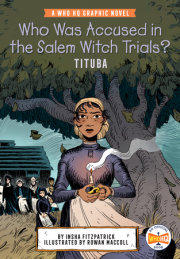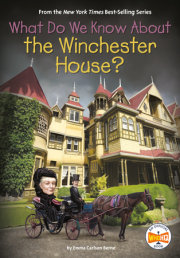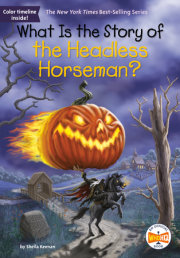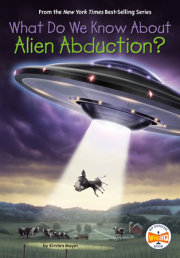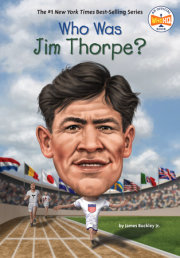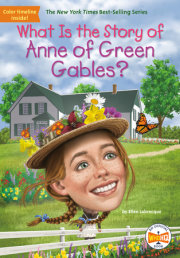What Is the Constitution? The first time the thirteen American colonies declared themselves a free nation was in the Declaration of Independence, written in July of 1776. By then, the colonies were fed up with being ruled from afar by Great Britain. A bloody war for independence broke out—the Revolutionary War.
At the start, winning the war seemed impossible. How could the ragtag rebel army ever defeat Great Britain, the mightiest military power in the world? But a fierce drive to be free fired the rebels’ spirits.
By 1783, the war was over—and the colonies were no longer colonies. They were states in a free and independent nation: the United States of America!
Even while at war, the new country had needed some sort of government. So, in 1776, a group of leaders of the Revolution had quickly patched together some rules. They were called the Articles of Confederation.
Nobody wanted a government that was all-powerful. That’s what the states were breaking away from. So, they created a congress that was too weak to do any harm. Unfortunately, the result was a government that was too weak to do much good, either.
By 1787, just four years after the United States’ glorious victory, the young country was in trouble. National pride didn’t exist yet. In fact, if you asked most people what their country was, they named their state. It was easy to see why. Over their whole lifetime, people rarely traveled more than thirty miles away from where they were born. In 1785, a man from Georgia wrote that he was leaving his “country” to go to “a strange land amongst strangers.” The “strange land” was New York!
States quarreled often over where their state boundary lines were and which state “owned” certain rivers. Enemies abroad smirked at America’s troubles. Didn’t all this arguing prove that the upstart nation was not capable of ruling itself without a powerful king?
America’s young government needed fixing—and soon. So, during the horribly hot and sticky summer of 1787, fifty-five men from twelve states gathered in Philadelphia for a special meeting. (Rhode Island wouldn’t come.) Their mission was to change the Articles of Confederation. Most had no idea they were going to frame—to plan out—a whole new system of government!
The framers, which is what history books call these men, had to find answers to big, thorny questions. Who decided if the United States would go to war again? What powers should be given to the head of the government? What should happen if leaders abused their power? Who should be allowed to vote? How would laws get passed?
For four months, the framers debated . . . and debated . . . and debated. Tempers flared. Voices rose. Every man cared deeply about his ideas. It was hard work to listen to the other side. So much was at stake! They knew they were trying to decide the fate for “millions yet unborn,” as delegate George Mason said.
At some points, writing a new constitution seemed hopeless. Would an agreement ever be reached?
Chapter 1: A Limping Government In 1787, the United States of America had a name. And it had a flag. Yet many things were missing to make it a true nation.
There was no president. There was no central court system. Neither was there a US army or navy. There was no Senate or House of Representatives—only a weak “Congress.” Congress could pass laws, but it could not enforce them. For instance, Congress could charge taxes to pay off war debts. But it had to rely on the goodwill of the states to pay up.
People’s loyalty to their state made it hard for them to think of themselves as Americans. During the Revolution, George Washington asked soldiers from New Jersey to swear loyalty to America. What an odd request! They said that New Jersey was their country.
Loyalty to one’s state was rooted in history. The thirteen colonies had been settled at different times by different groups of people. Each state developed its own way of life, often with its own religion and customs. Strict Puritans had settled New England. Peace-loving Quakers founded Pennsylvania. Although the main language of the colonies was English, tens of thousands spoke German in Pennsylvania. Shopkeepers and fishermen thrived in New England, whereas the South was mainly agricultural.
The Articles of Confederation held the states together well enough to fight the war. But afterward, each state was happy to go its own way again. Soldiers returned home. And each state got busy creating its own constitution and electing its own leaders.
But what about being a country? Some leaders (like George Washington, James Madison, and Alexander Hamilton) wanted the United States to be a strong nation with a solid central government, one that would oversee all the states. These leaders were called nationalists.
But other leaders wanted power to remain with the states, just as it did with the Articles of Confederation. The Articles promised that the states would remain sovereign. That meant each state was still its own boss. What about the union? The Articles described the union loosely, as a “league of friendship.”
How well did this government work? Not too well. By 1787, America’s troubles could fill a long list.
Some states charged fees on goods bought in other states, as if they were foreign countries. Lands west of the original thirteen colonies were being settled, and disagreements broke out over which states controlled them.
Continental money was all but worthless. So, seven states printed their own paper money but it was no good outside of their boundaries.
George Washington, back home in Virginia, grew alarmed at what was happening to his country. Congress is “a half-starved, limping government,” he complained, “always moving on crutches and tottering at every step.”
Also, in 1786 a crisis broke out in western Massachusetts. Many poor farmers were losing their land because they couldn’t pay their state’s high taxes.
Under Daniel Shays, a former Revolutionary War captain, a mob of two thousand farmers decided to rebel. They marched to Springfield armed with axes, pitchforks, and old muskets.
The weak Congress couldn’t put together an armed force. So, Massachusetts sent in its own troops and stopped the rebellion. In the end, four men lay dead.
Shays’s Rebellion shook the nation. Americans were killing Americans! “I am mortified beyond expression,” said George Washington. (
Mortified means very, very embarrassed.)
Alexander Hamilton had this to say: “There is only one remedy—to call a convention of all the states, and the sooner the better.” If the government wasn’t made stronger, it could fall apart.
Even Congress agreed that the Articles of Confederation needed changes. So it asked the states to elect delegates to attend a special meeting in Philadelphia, in May of 1787. Newspapers called it the “Grand Convention.” No one called it a Constitutional Convention, of course, because who knew that a whole new Constitution was about to be written?
Copyright © 2018 by Penguin Random House LLC. All rights reserved. No part of this excerpt may be reproduced or reprinted without permission in writing from the publisher.

